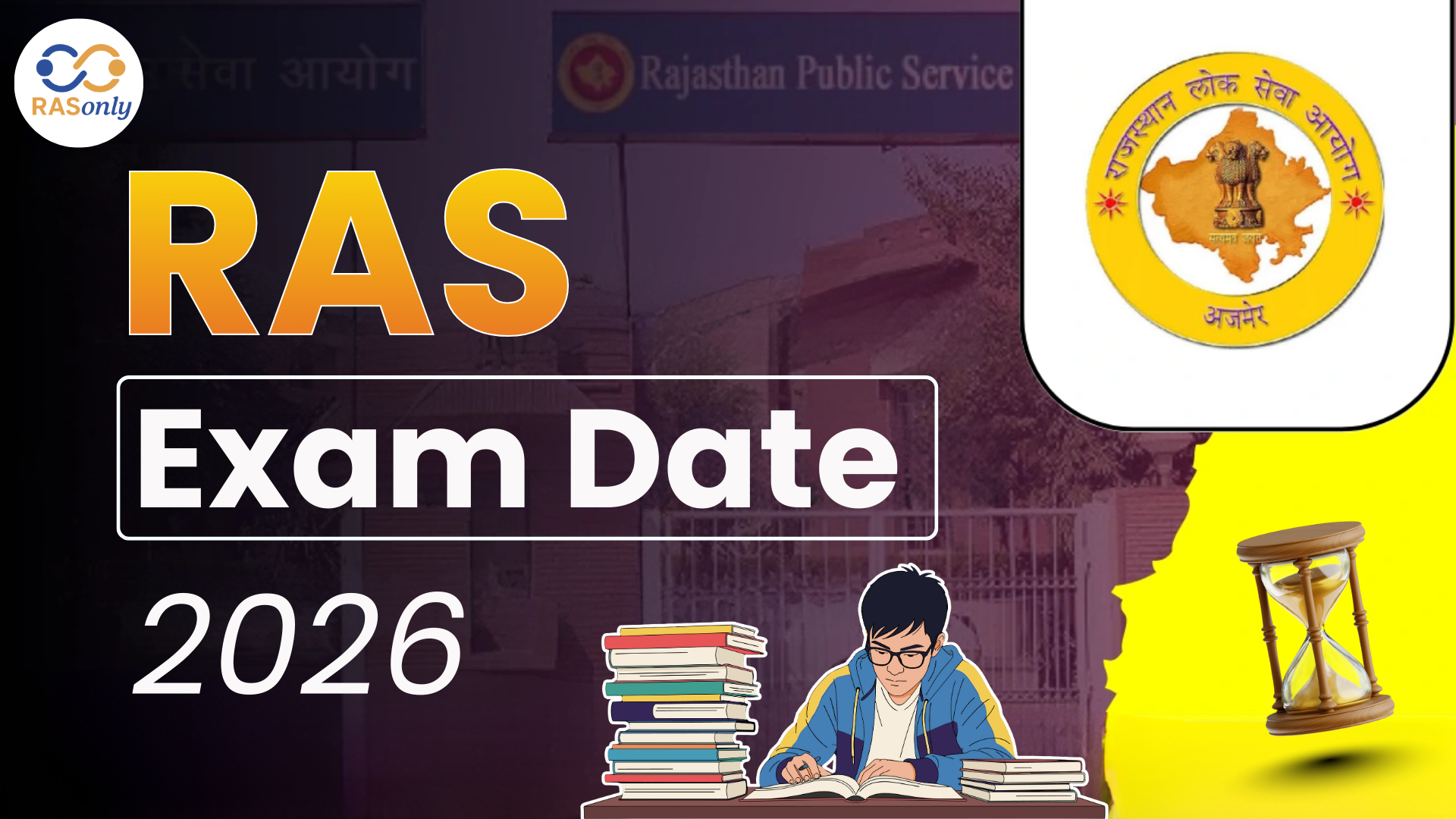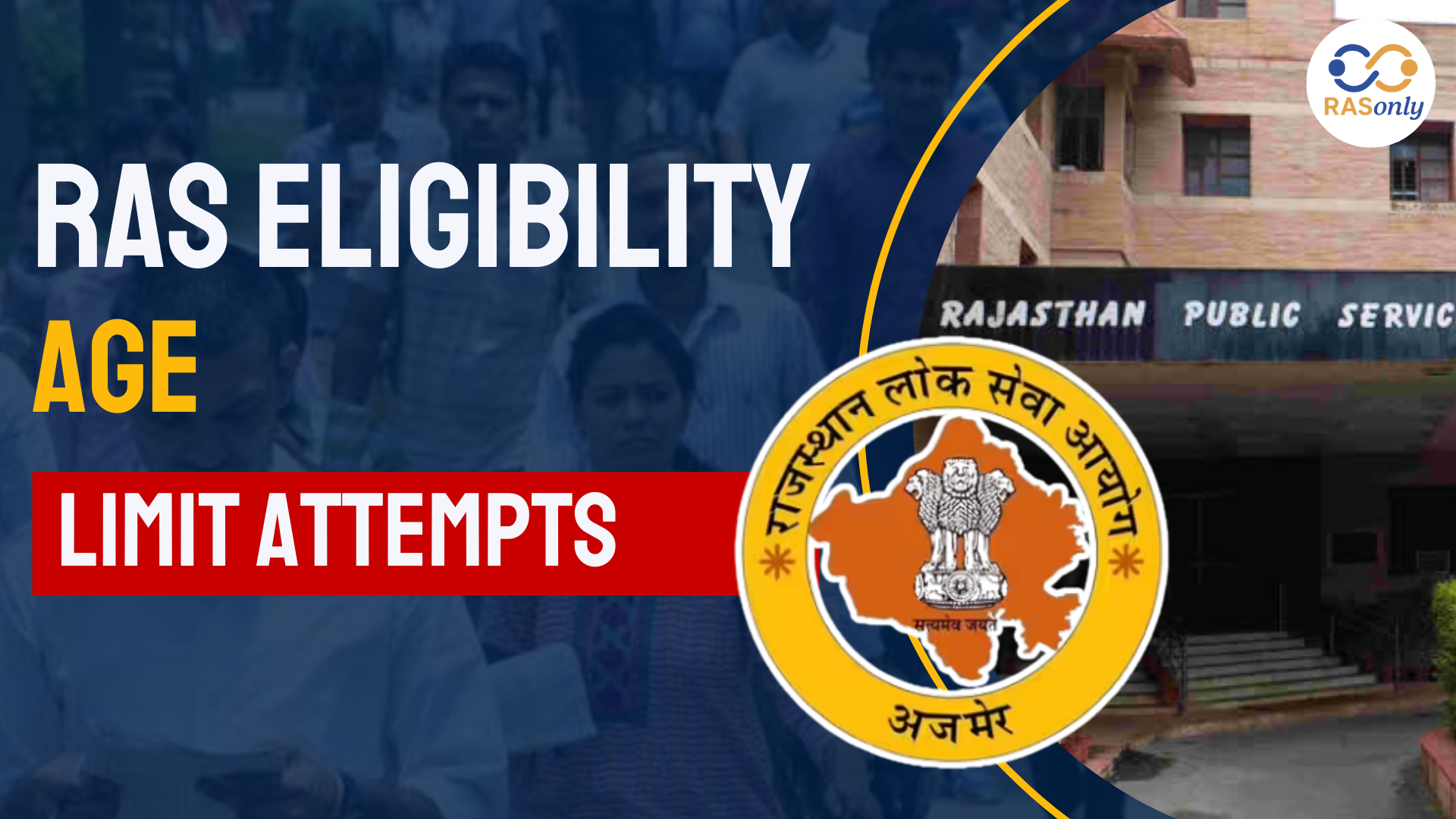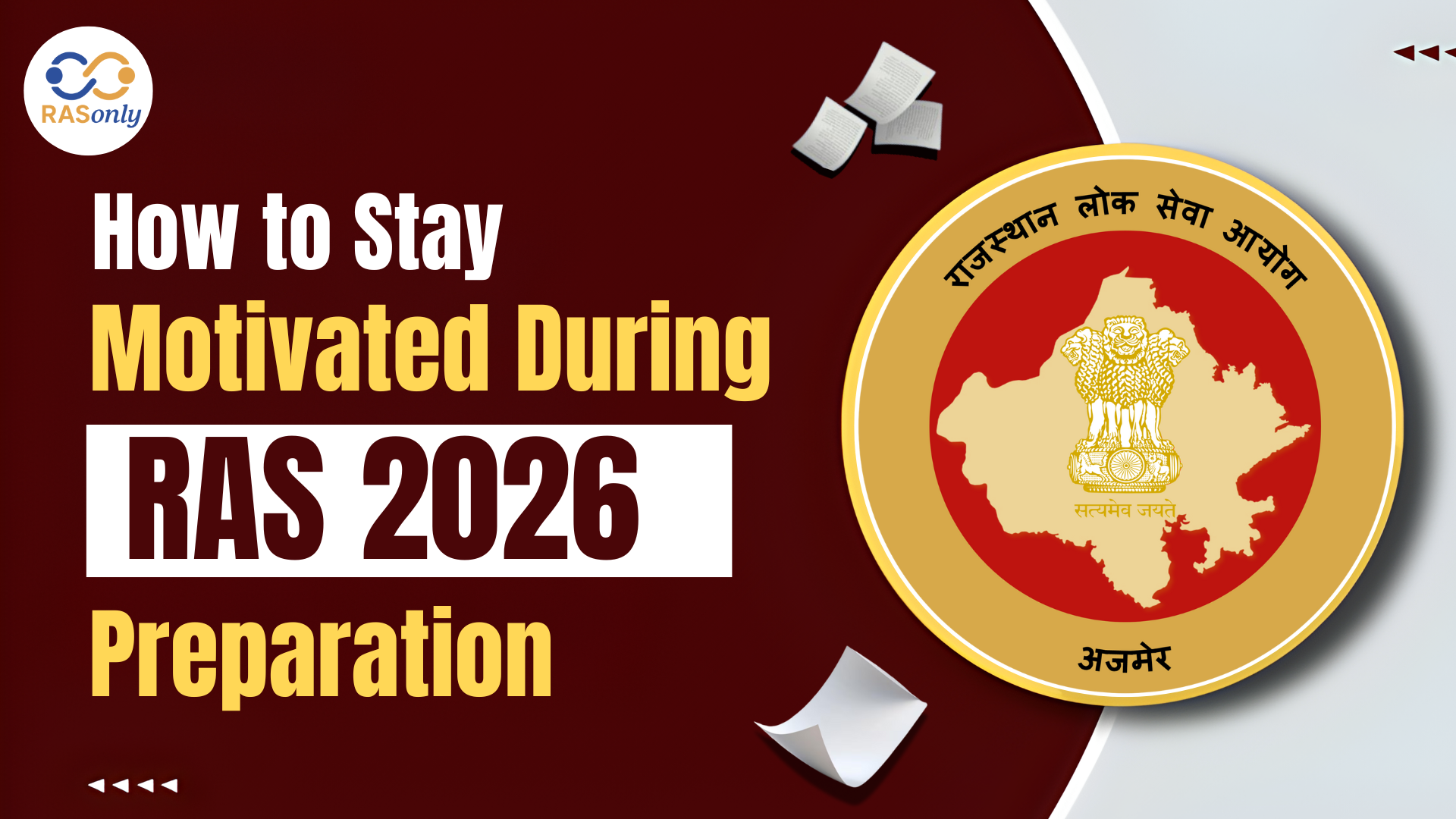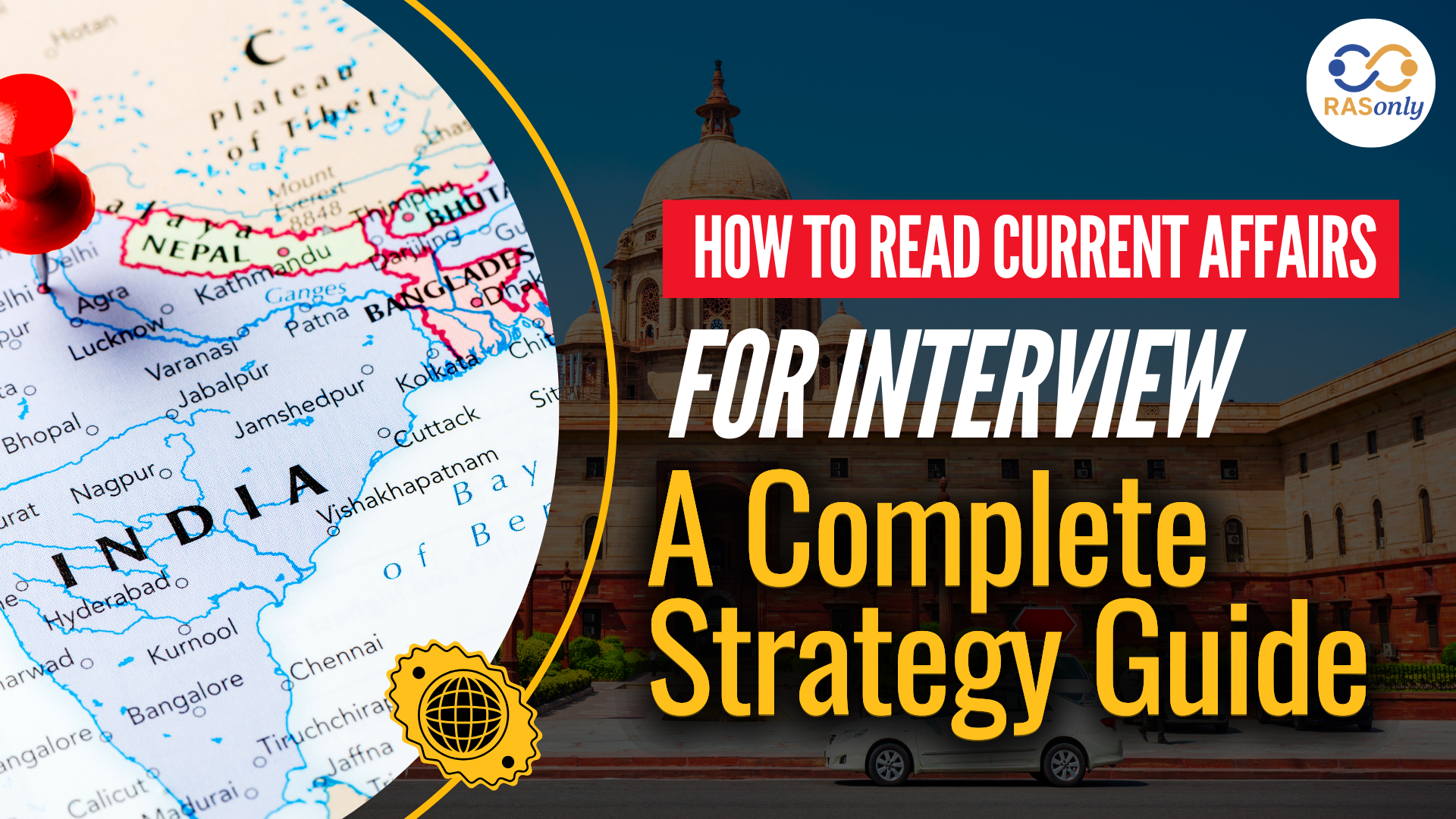RAS Exam Date 2026 for Notification, Prelims, Mains Date
- >
- RAS Preparation Resources
- >
- Development of Press in India: History, Growth & Impact
Development of Press in India: History, Growth & Impact

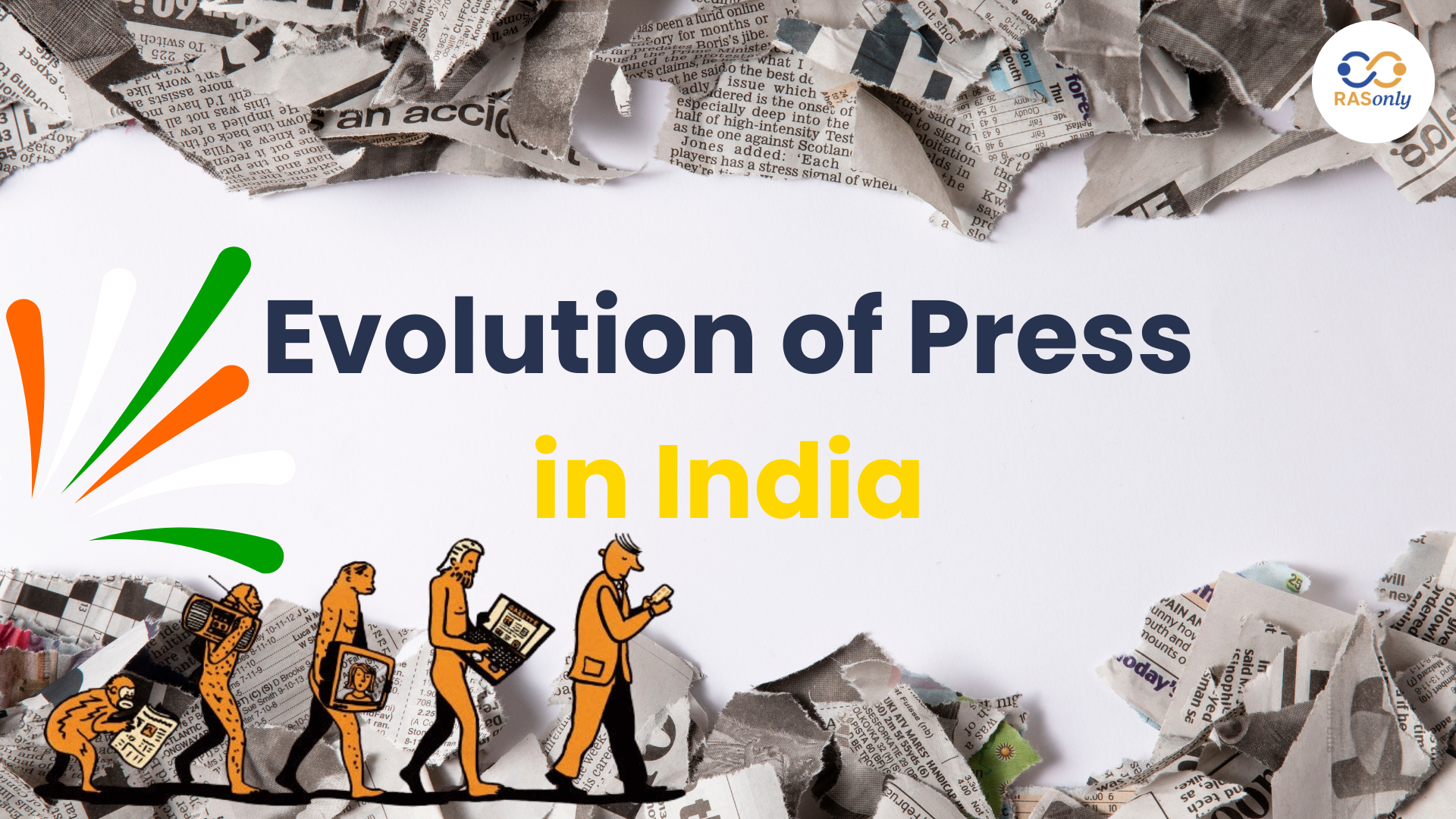
The role played by the press is very significant in the national awakening and the fight of India towards independence by spreading ideas and information. But it was the British colonial authorities who placed extreme coercion on vernacular as well as English press in order to discourage opposition and political awareness. There was the imposition of coercive laws, censorship and punitive measures to restrain the press, which was considered as an impediment to colonial rule.
Laws of the press set forth by Britain in the 19 th and the 20 th century can help people to discover the relations between state power and civil liberties. The reaction of the nationalistic movement to these censorship measures illustrates the struggle that is going on to have freedom of expression and this assists us to comprehend the growth of the press as the Fourth Estate in free India.
Origin and Development
- Olden Times: The first traces of press-like communication traced in India are dated regarding the writings found on walls and rocks such as the edicts of emperor Ashoka during the Kalinga war, which can be found today as well.
- Ancient Styles of Writing: As the papers and writing materials emerged, the earliest newsletters appeared in the Mughal period. These manuscript newspapers became the main source of knowledge of historical events.
- East India Company influence: Sharing of these newsletters must have motivated James Augustus Hickey to establish the Bengal Gazette in 1780.
The Press and British Administrative policies
- Portuguese and East India Company: The Portuguese made their initial printing press in Goa in 1557 and East India Company made their initial printing press in 1674 in Bombay.
- But the growth of newspapers in India was hindered by such factors as mass illiteracy, poverty and repressive laws on press.
Development of Press Acts in India
|
Act |
Year |
Key Features |
Remarks |
|
Censorship of the Press Act |
1799 |
Required prior submission of printed material; names of printer, editor, proprietor to be declared. |
Introduced by Lord Wellesley; strict censorship. |
|
Licensing Regulations |
1823 |
Mandatory license for publication; no paper without government approval. |
Opposed by Raja Ram Mohan Roy. |
|
Metcalfe’s Press Act |
1835 |
Repealed the 1823 law; allowed freedom of press. |
Passed by Charles Metcalfe; encouraged press. |
|
Licensing Act |
1857 |
Empowered the government to grant/revoke licenses and ban newspapers. |
Post-1857 Revolt; lapsed in 1858. |
|
Vernacular Press Act |
1878 |
Targeted Indian language papers; allowed seizure of publications. |
Circumvented by Amrit Bazaar Patrika. |
|
Indian Newspaper (Incitement to Offence) Act |
1908 |
Allowed forfeiture of presses for promoting violence or sedition. |
Aimed at nationalist publications. |
|
Indian Press Act |
1910 |
Security deposit required; seizure of objectionable material allowed. |
Later repealed as per Sapru Committee. |
|
Defence of India Act |
1915 |
Curtailed press freedom during World War I; suppressed political dissent. |
Emergency wartime measure. |
|
India Press (Emergency) Act |
1931 |
Enacted during Civil Disobedience Movement; curbed anti-government propaganda. |
Meant to silence nationalist sentiments. |
Early Newspapers in India: Founders and Features
|
Newspaper |
Year |
Founder / Editor |
Key Features / Contributions |
|
Bengal Gazette |
1780 |
James Augustus Hickey |
First newspaper in India; exposed corruption; known as “Hickey’s Gazette”. |
|
Sambad Kaumudi |
1821 |
Raja Rammohan Roy |
Advocated social reform; opposed Sati; demanded trial by jury. |
|
Mirat-ul-Akhbar |
1822 |
Raja Rammohan Roy |
First Persian weekly in India; discussed political affairs. |
|
Bombay Samachar |
1822 |
Fardoonji Murazban |
Oldest running vernacular paper; in Gujarati. |
|
Bombay Times |
1838 |
J.E. Brennan (editor) |
Targeted British readers in Bombay Presidency. |
|
Rast Goftar |
1851 |
Dadabhai Naoroji |
Gujarati paper promoting Parsi social reforms. |
|
Somaprakash |
1858 |
Ishwar Chandra Vidyasagar (supporter) |
First Bengali paper to cover political issues. |
|
Bengalee |
1862 |
Girish Chandra Ghose (editor) |
Played role in anti-partition agitation. |
|
Indian Mirror |
1861 |
Manmohan Ghose |
Later daily; supported Brahmo Samaj and national causes. |
|
Amrit Bazar Patrika |
1868 |
Shishir Kumar Ghosh |
Shifted to English to bypass the Vernacular Press Act. |
|
Kesari & Mahratta |
1881 |
Bal Gangadhar Tilak |
Promoted Swaraj, Swadeshi, Boycott, National Education. |
|
Swadesamitran |
1882 |
G. Subramania Iyer |
First major Tamil paper owned by Indians. |
|
Kaal |
1897 |
Shivram Mahadev Paranjape |
Criticized British rule and social evils. |
|
Sandhya |
1904 |
Brahmabandhab Upadhyay |
Extremist Bengali daily; highlighted British atrocities. |
|
The Indian Sociologist |
1905 |
Shyamji Krishna Varma |
Published from London; spread Indian nationalism in Europe. |
|
Bande Mataram |
1905 |
Aurobindo Ghosh |
Propagated revolutionary ideas against British rule. |
|
Al-Hilal |
1912 |
Maulana Abul Kalam Azad |
Encouraged Muslims to join the national movement. |
|
Ghadr |
1913 |
Ghadar Party |
Revolutionary journal in multiple Indian languages; published in the USA. |
|
Commonweal |
1916 |
Annie Besant |
Supported the Home Rule movement. |
|
Young India |
1916 |
Lala Lajpat Rai |
Focused on Indian political rights and unity. |
|
Independent |
1919 |
Motilal Nehru |
Countered pro-British propaganda of ‘Leader’ newspaper. |
|
Bandi Jivan |
1922 |
Sachindranath Sanyal |
Autobiography of a revolutionary; HRA co-founder. |
|
Harijan |
1933 |
Mahatma Gandhi |
Promoted Dalit rights and Gandhian philosophy. |
Post-Independence Era
- Press (Objectionable Matters) Act (1951): Replaced via abuse with the Press (Objectionable Materials) 1957.
- Press council of India ( PCI ): set up in 1966 to protect the right of press freedom and freedom of journalism.
Contemporary Press
- Digital Transformation: Digital online platforms and social media have transformed the way people consume news, in that it is limited and less time consuming.
- Citizen Journalism: Social media has also enabled common persons to post news and has questions on its reliability.
Challenges
- Misinformation: The negative effect of sharing fake news discourages trust. The media should be more concerned with checks and verifications.
- Economic Issues: New media jeopardizes traditional economics of traditional media, which affects the level of journalism.
- Press Freedom: Striking the right balance between government and national security on the one hand and press freedom on the other is always a dilemma.
Way Forward
- Maintain Ethical Standards: Assuring fairness, accuracy and impartiality.
- Appeal to the Audience: These are digital tools used to prompt participation by the audience.
- Adopt Media Literacy: Train people to be skeptic of news and use it to be able to take down misinformation.
Conclusion
Media has played a significant role in the building of the India nation including the anti colonialist struggle to develop after independence. It has to face up to the digital age because it needs to ensure that it fulfills its duties in order to support its status as an avenue of democracy.
Post Category
- RAS Salary
- Result
- RAS Admit Card
- RAS Job
- RAS Cutoff
- Preparation Tips
- RAS Answer Key
- RAS Exam Analysis
- RAS Syllabus
- RAS Previous Year Papers
- RPSC RAS Exam Pattern
- RAS Interview
- RAS Mains Exam Date
- RAS Vacancy
- RAS Test Series
- RAS Best Books
- RAS Preparation Resources
- RAS Coaching Centre
- History
- Polity
- Geography
- Economics
- Science
- Art and Culture
- RPSC RAS Application Form
- RPSC RAS Notification
RASonly Interview Guidance Program

Mr. Ashok Jain
Ex-Chief Secretary Govt of Rajasthan
- IAS officer of the 1981 batch, Rajasthan cadre.
- Passionate about mentoring the next generation of RAS officers with real-world insights.
- Got retired in Dec 2017 from the post of Chief Secretary of the state of Rajasthan.

Mr. Guru Charan Rai
Ex-ASP / SP in Jaisalmer
- Guru Charan Rai, IPS (Retd), retired as Inspector General of Police (Security), Rajasthan, Jaipur in 2017.
- Served as ASP and SP in Jaisalmer, Nagaur, Sri Ganganagar, Sawai Madhopur, Dausa, Sikar, and Karauli.
- He also held key positions as DIGP and IGP in the Law and Order division.

Mr. Rakesh Verma
Ex-IAS Officer, B.Tech, MBA, and M.A. (Economics)
- IAS officer of the 1981 batch and retired in Chief Secretary Rank.
- Civil servant of high repute and vast experience.
- Has been teaching UPSC CSE subjects for the last six years.
Related Post
👉🏻 Register Today to Join Classes! 👍🏻
- Team RASOnly -
🎯 Benefits of RASOnly Coaching:
- ✅ 1:1 Mentorship with RAS Officers
- ✅ Experienced and Expert Faculty
- ✅ Free Library Access
- ✅ Daily Minimum 4 Hours Must
- ✅ Comprehensive Study Material
- ✅ Regular Tests & Performance Analysis
- ✅ Personalized Guidance & Doubt Solving
- ✅ Online & Offline Class Options
- ✅ Affordable Fees with Quality Education
Key Highlights:
- 👉🏻 3-Day Refund Policy
- 👉🏻 New Batch Starting from 04 August
- 👉🏻 Registration Amount: Only ₹1000

